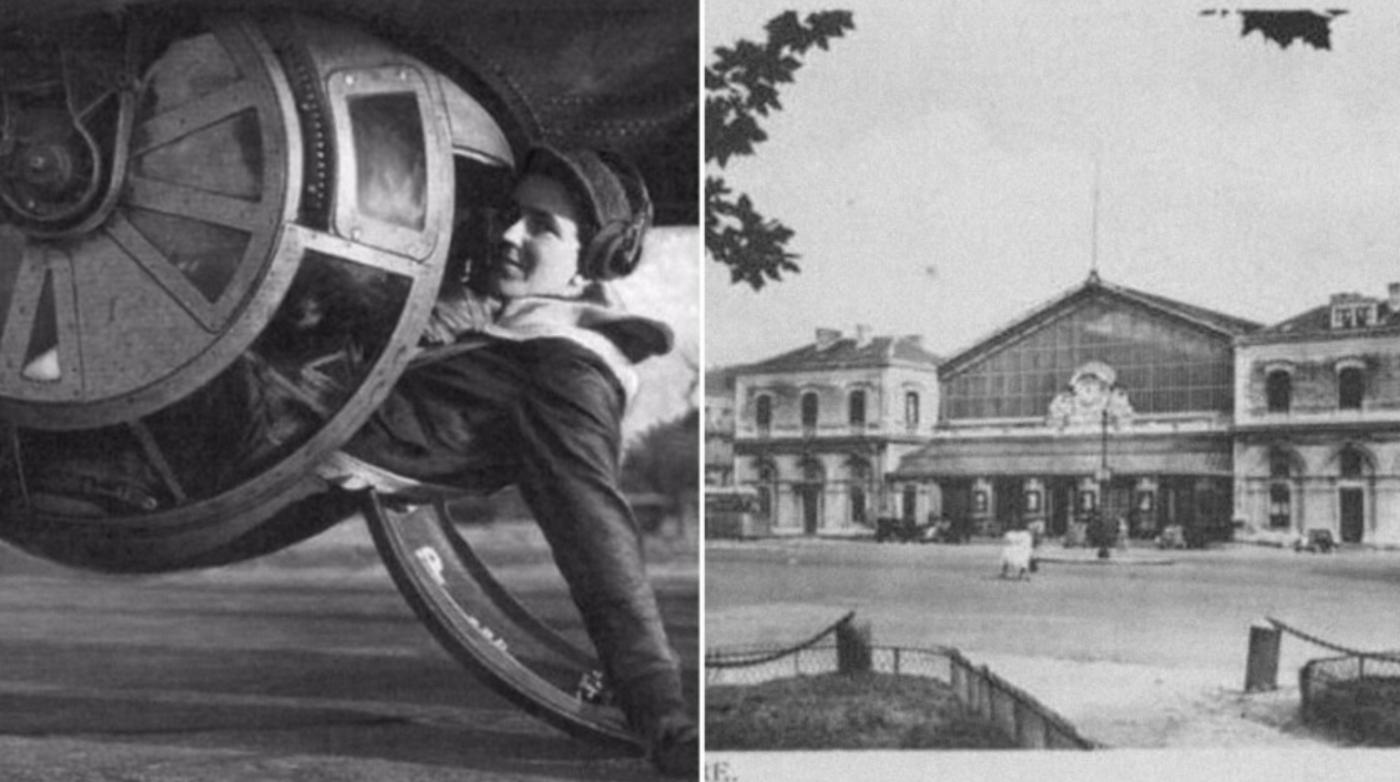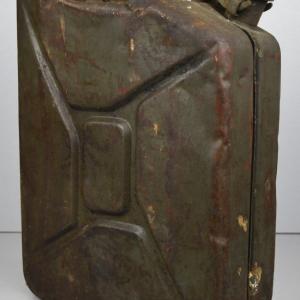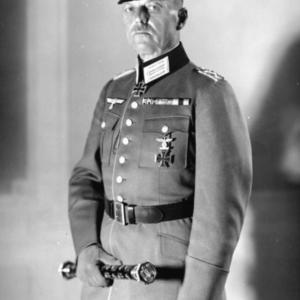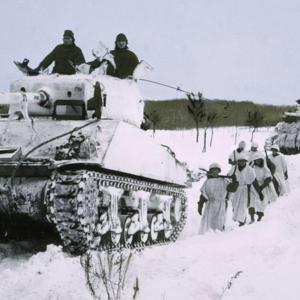
Alan Magee
Alan Magee’s story is one of the most extraordinary survival tales to come out of World War II, a remarkable account of endurance and luck. Born in Plainfield, New Jersey, in 1919, he joined the United States Army Air Forces and served as a ball turret gunner aboard a B-17 Flying Fortress. These gunners were stationed in cramped, spherical glass pods located underneath the aircraft—arguably the most dangerous position on the bomber due to its vulnerability and limited protection. His fate took a dramatic and nearly fatal turn on January 3, 1943, during a bombing mission over Saint-Nazaire, a heavily fortified German submarine base on the French Atlantic coast.
On that fateful day, he was flying in a B-17 named Snap! Crackle! Pop! when the formation was intercepted by German fighters. The plane sustained heavy damage during the attack. Shrapnel tore into the fuselage, and one of the rounds blew him out of his ball turret. Unconscious, wounded, and without a parachute, he fell more than 20,000 feet toward the ground below. The aircraft ultimately exploded mid-air, but by then he had already been flung into open sky.
In what can only be described as an almost miraculous event, he crashed through the glass roof of the Saint-Nazaire railway station. The impact was severe, and he suffered numerous injuries, including broken bones, severe damage to his nose and eye, and multiple other wounds. However, the glass roof is believed to have played a critical role in his survival—slowing his descent just enough to prevent instantaneous death. Local French civilians rushed to aid him, and German forces soon took him into custody.
He was taken to a local hospital by the occupying troops, where he received emergency treatment. Later, he was transferred to Stalag Luft III, one of the more well-known German POW camps. The camp would eventually become famous as the site of the “Great Escape,” though he was not directly involved in that event. Life in the camp was harsh, but he endured the difficulties of captivity with the same resilience that had carried him through his fall.
He remained a prisoner until being liberated by Allied forces in 1945. After the war, he returned to the United States and rebuilt his life. Despite the trauma—both physical and emotional—he maintained a positive outlook and chose to move forward. He pursued a peaceful postwar life, working in aviation and later in sales, never losing his love for flying.
Decades later, his incredible story gained wider recognition. The railway station in Saint-Nazaire became a symbolic landmark, and he eventually returned to France to honor the site and meet some of those who had helped him. His survival became a celebrated example of the unpredictable nature of war and the power of the human will.
He lived a long and full life, passing away in 2003 at the age of 84. His story continues to inspire as one of the most unbelievable accounts of survival in aviation history










